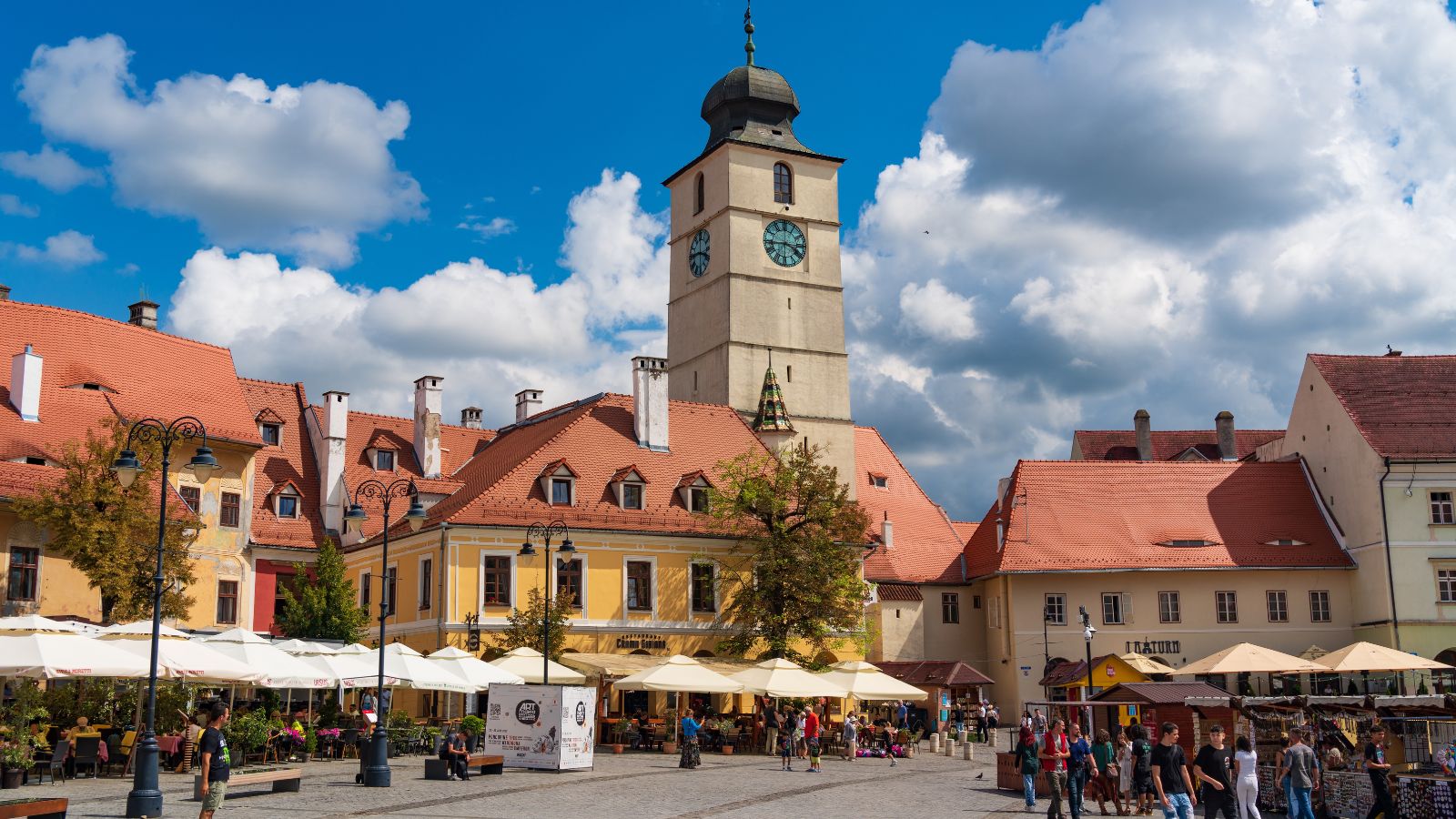Communities across the globe are changing in unprecedented ways. While many of these shifts stem from technological, social, and environmental progress, they also bring unforeseen challenges that impact the fabric of our societies. Below, we’ll examine 20 trends that may seem subtle but are reshaping our communities in sometimes disturbing ways.
The Loneliness Epidemic

Despite hyper-connectedness through digital platforms, people are lonelier than ever. Work-from-home setups, social media, and the decline of physical “third places” like cafes and parks have reduced opportunities for in-person connections, increasing social isolation. Studies show that loneliness impacts mental health, fosters anxiety, and erodes community trust. Intentional community-building, encouraging local gatherings, and creating more accessible public spaces are vital to rebuilding a sense of belonging.
Digital Gentrification

In an era dominated by technology, “digital-first” neighborhoods cater to tech-focused lifestyles. This shift often displaces local businesses and community hubs, replacing them with high-tech spaces that cater to affluent, tech-savvy residents. The result is a loss of cultural diversity, rising costs, and reduced community inclusivity.
Decline of Third Places

Communal spaces like cafes, libraries, and parks, known as “third places,” are crucial for informal social interactions. Yet many are disappearing, reducing opportunities for community members to connect outside work or home, leading to a breakdown in casual social networks. This loss hinders communal support networks, increases isolation, and impacts mental well-being across communities.
Youth Opting Out of Relationships

Younger generations are postponing or even forgoing marriage and long-term relationships. Declining marriage rates and postponed partnerships impact family structures and reduce neighborhood social connections. This trend contributes to lower birth rates and a decrease in long-term community stability, changing communities’ future demographic and social fabric.
Work-from-Anywhere Exodus

Remote work allows employees to relocate from cities to smaller towns, reshaping demographics. This influx of new residents often strains local resources, housing, and infrastructure, impacting smaller communities unprepared for sudden growth. While it boosts local economies, it can drive up living costs, disrupting established social and economic dynamics.
Home Surveillance Boom

The rise in home surveillance, from doorbell cameras to neighborhood watch apps, has become ubiquitous. While these tools provide safety, they can also create an atmosphere of mistrust and invade personal privacy, changing how communities view security and their neighbors.
Climate Refugees in Local Communities

Individuals displaced by severe climate events like hurricanes, wildfires, and rising sea levels are increasingly resettling in safer areas. Their migration introduces cultural diversity and puts pressure on local infrastructure, housing, and resources. Host communities may struggle to accommodate rapid population shifts, impacting social services, job markets, and local dynamics. Addressing these challenges requires proactive planning to support integration, resilience, and sustainable community growth.
Ghost Homes

properties purchased as investments and left unoccupied contribute to housing shortages and inflate local real estate prices. Often bought by speculators, these empty homes reduce available housing for residents, destabilizing community cohesion. Neighborhoods with high ghost home rates face declining social interactions, weakened local economies, and a loss of vibrancy, shifting communities from residential to speculative spaces. Addressing this trend requires policy interventions to promote accessible, resident-focused housing.
Rise in Solo Aging

More people are aging alone, often with limited family support, posing significant challenges for communities. This trend can lead to increased isolation, limited access to care, and heightened demand for services tailored to elderly residents. Communities must adapt by fostering inclusive programs and support networks to ensure the well-being of aging individuals.
Cannabis and Psychedelics Legalization

As more states and countries legalize cannabis and certain psychedelics, communities must adapt to both positive and negative impacts. With increased accessibility, there’s a need for community resources and education on responsible use, health care support, and youth protection.
The Subscription Society

As more goods and services are sold through subscription models—from groceries to entertainment—people face recurring expenses, often adding to a significant financial burden. This model can widen economic divides and limit consumer freedom, creating disparities in access to essentials.
Decline in Civic Engagement

Apathy toward local government and declining voter turnout are concerning trends. Reduced civic engagement can lead to unrepresentative governance, impacting schools, parks, and public resources, further isolating individuals from their communities.
The Plastic Park Problem

To save costs, many parks now use synthetic turf and plastic playground equipment. While low-maintenance, these materials can degrade the environment, reducing biodiversity and harming the soil, which ultimately impacts the health and sustainability of community spaces.
The Dark Side of Wellness Culture

Wellness culture, with its emphasis on self-optimization, often creates pressure to strive for unattainable standards. This culture can lead to competition, body image issues, and even mental health struggles, weakening supportive social networks and fostering individualism over community.
Youth Hyper-Competition

Today’s educational landscape is more competitive than ever. With students facing constant pressure to excel, community involvement, socialization, and volunteerism are sometimes left by the wayside, stunting opportunities for broader civic development.
Lack of Affordable Healthcare

Healthcare costs continue to rise, pricing many out of necessary care. This economic burden affects everyone, straining resources within communities and making it harder for individuals to achieve a good quality of life, which can impact the community.
Hustle Culture Over Community Investment

The glorification of “hustle culture” promotes personal success over communal well-being. As people juggle multiple jobs, they have less time for volunteering, civic engagement, or spending time with family and friends, eroding community spirit and engagement.
NIMBYism (Not in My Backyard)

NIMBYism, where residents resist local development projects, has gained traction. By opposing new housing or infrastructure, communities can become exclusionary, denying others the benefits of growth and diversity while also stifling progress.
Deepfake and Fake News Mistrust

Misinformation and AI-generated content, such as deepfakes, contribute to public distrust in media, institutions, and neighbors. This distrust polarizes communities and erodes the trust necessary for a functional, cooperative society.
Over-tourism in Small Communities

Social media’s influence has led to the overexposure of once-hidden “gems” in rural areas. Increased tourism can strain resources, disrupt the local way of life, and harm delicate ecosystems, threatening the unique character of small communities.
Conclusion

These trends subtly erode foundational aspects of our communities, whether by reducing trust, changing social norms, or pressuring resources. Addressing these issues requires planning and collective action, from local governance to personal responsibility. By fostering resilience, empathy, and sustainable practices, communities can mitigate the impacts of these trends and create a better future for all.
18 Reasons Why People Are Leaving Florida in Masses

Exploring factors that impact the desirability of living in Florida, this list delves into various challenges shaping residents’ experiences. From environmental concerns like rising sea levels to economic factors such as fluctuating job markets, these issues collectively contribute to a nuanced understanding of the state’s appeal.
18 Reasons Why People Are Leaving Florida in Masses
